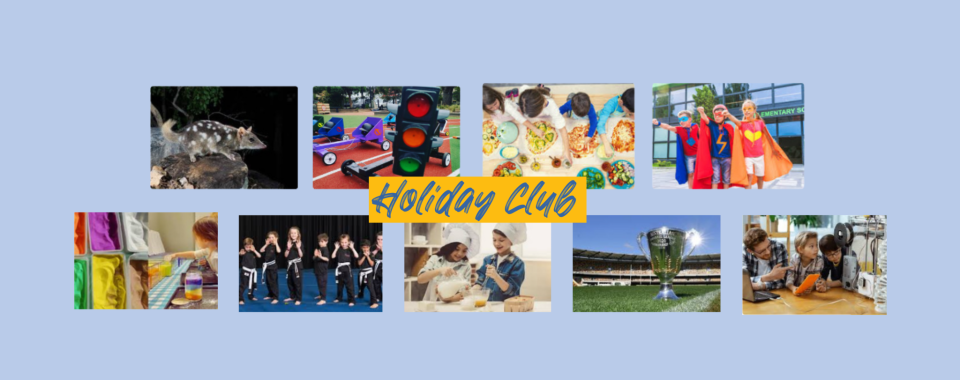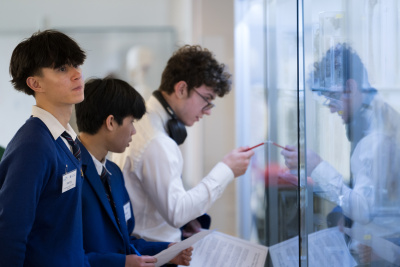Quicklinks
Book Nook News: Graphic Novels
You may have seen your child borrowing a graphic novel, and they are currently one of the most popular formats of books being published and read by Primary students. But are they just a comic packaged as a novel and hurting our children’s reading? Or are they a great new addition to the library that keeps children interested in reading?
Educators are finding that graphic novels significantly enhance reading comprehension and vocabulary. The combination of visual and textual storytelling helps with decoding complex narratives and enhances critical thinking. Further, readers learn to infer meaning (read between the lines) more easily when there is both text and images.
Graphic novels have also been found to improve reading comprehension and language acquisition for struggling readers and students with limited English by providing visual clues to aid their understanding. Additionally, graphic novels are extremely useful for students transitioning from picture books as they serve as a bridge. The engaging format of a graphic novel can also motivate students who are reluctant to read. For example, a student who finds traditional novels overwhelming might be more inclined to pick up a graphic novel, thus fostering a habit of reading that leads to other forms of literature later on.
Graphic novels are not just narratives, they can be fiction, non-fiction, history, fantasy, or anything in between. Graphic novels are similar to comic books because they use drawings to tell a story. However, graphic novels are a complete stand-alone story with a more complex plot, whereas comics are split up and serialised and have less dialogue.
Our school Library has a growing range of graphic novels in both the Junior and Senior Libraries for students to borrow.
Please encourage your child to care for their Library books at home and show our school value of 'Responsibility' by returning them each week on their Library day. Students may also return Library books at lunchtime on Monday, Tuesday, Thursday and Friday.

You might also like
Limited places available for 2026... Now accepting applications for ELC 2027, Prep 2027 and Year 7 2028





